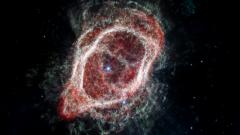
There are possibly four or maybe even five stars at the heart of the Southern Ring Nebula, NGC 3132. An international team of almost 70 astronomers, led by Orsola De Marco of Macquarie University in Sydney, Australia, analyzed 10 James Webb Space Telescope (JWST) detailed observations of this nebula, in which two stars can be seen, and modeled how the central star could produce the observed intricate shapes.
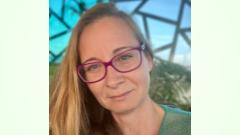
Dr. Omaira González-Martín from the Institute of Radio Astronomy and Astrophysics (IRyA) at UNAM Campus Morelia will receive the 2022 Marcos Moshinsky research professorship, awarded annually by the Institute of Physics at UNAM and the Marcos Moshinsky Foundation to young researchers from the areas of physics, mathematics and chemical-biological sciences to develop a research project in their areas of interest.
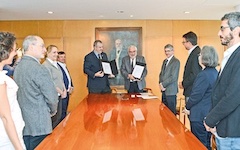
The UNAM will participate in a project to build the largest radio telescope in the world. It will consist of more than 240 antennas, distributed in the USA and Mexico.
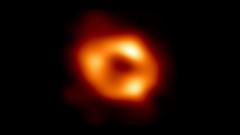
At simultaneous press conferences around the world, including at Mexico’s Consejo Nacional de Ciencia y Tecnología (CONACyT), astronomers have unveiled the first image of the supermassive black hole at the centre of our own Milky Way galaxy. This result provides overwhelming evidence that the object is indeed a black hole and yields valuable clues about the workings of such giants, which are thought to reside at the centre of most galaxies. The image was produced by a global research team called the Event Horizon Telescope (EHT) Collaboration, using observations from a worldwide network of radio telescopes.
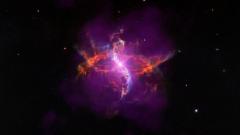
A pair of interacting stars is surrounded by a nebula that is so peculiar that it resembles an active galaxy hosting a supermassive black hole when observed in X rays, but smaller. The double star, called R Aquarii, was studied by an international team of astronomers led by Dr. Jesús Toala from the Institute of Radio Astronomy and Astrophysics, National Autonomous University of Mexico (IRyA, UNAM).


